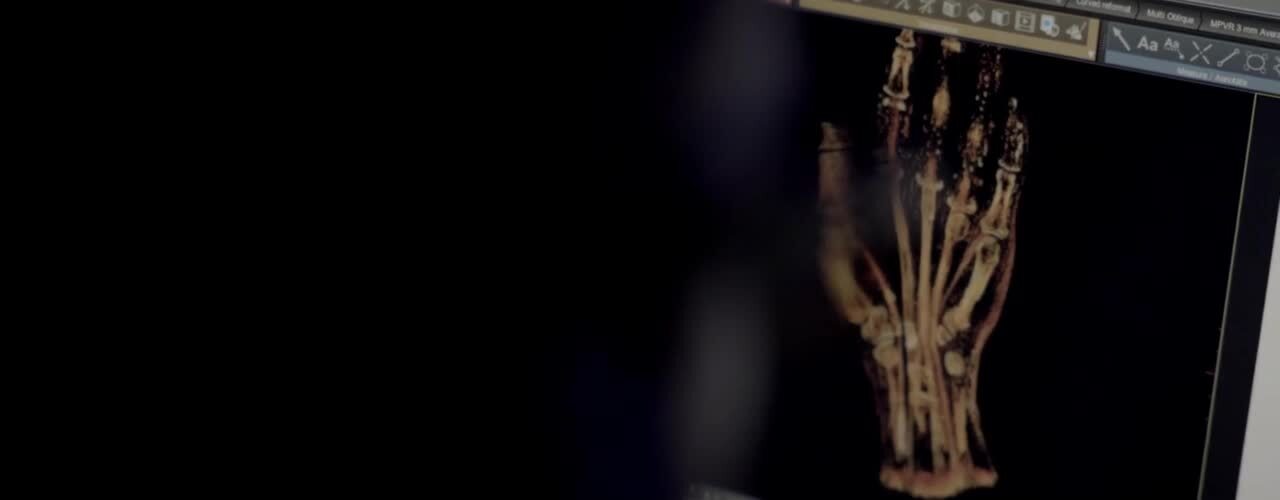
Sports Medicine Imaging
AT A GLANCE
Sports Medicine: leverage advanced MRI technology toward more objective biomarkers of MSK injury, concussions and recovery
"When we do scan professional athletes, we then take what we’ve learned and bring that into the general population".
Help identify specific treatment modalities
CONCUSSION AND mTBI IMAGING
Using advanced quantitative MR imaging (qMRI) for sport-related brain injuries
OSSEOUS AND SOFT-TISSUE INJURIES
MR bone imaging technology to help diagnose an athlete’s injury
Discover advanced MR technologies for sports medicine
The benefits of MR have one central theme: leveraging advanced technology toward more objective biomarkers of injury and recovery. Discover the many advanced MR technologies available today for sports medicine.
